So if April showers bring May flowers, what do May snowstorms bring... other than gnashing of teeth? That's the weather forecast for the weekend here, though it's been lovely since Tuesday.
The Aquilegia jonesii seedlings (a potful) I bought last spring from Beaver Creek are coming up nicely... what teensy leaves!
This Pulsatilla vernalis seedling is blooming this year with something of a conjoined twin:
A much showier and different flower form on this Saxifraga oppositifolia (left) than the one I showed earlier (photo on the right). I believe the showier one was the division I was given by a friend from work - it will be amazing if/when the plant becomes more substantial:
Smelowskia calycina started from seed in 2012 - seems to be blooming enthusiastically enough, given that it's a very small plant:
Lupinus wyethii emerging and showing an interesting growth habit - seems to have multiplied itself:
The bloom is progressing on Arabis androsacea:
Besseya alpina - this is about as big as these ever get for me (that is to say, tiny):
Comments
Lovely! Nice sunny colour!
Lovely! Nice sunny colour!
Nice plant! The name should
Nice plant! The name should have been something with 'Sun' in it!
Another warm day again, at
Another warm day again, at long last!
Still frost in the mornings though - ice crystals on Pulsatilla vernalis; Adonis vernalis; Thlaspi kurdicum; buds on Cheiranthus roseus:
Unknown Draba; Townsendia nuttallii; the product of some seeds I was very kindly sent - Pulsatilla pratensis ssp. hungaricus nigricans (I think that's what it must be? Packet was hard to read.) - I like!!
Self-seeded Androsace carnea 'Alba'; Androsace of some sort in bud - will have to pore over my records to figure it out - probably A. septentrionalis(?) or the like; Androsace lactea:
Spring springing nicely Lori,
Spring springing nicely Lori, I like the Pulsatilla. First pic missing though.
Fixed, I hope.
Fixed, I hope.
Looking forward to see them
Looking forward to see them in full flower!
Not in full flower yet, but
Not in full flower yet, but here's an update on Astragalus loanus; Phlox kelseyi; Thlaspi bellidifolium seedling:
Petrocallis pyrenaica; Townsendia leptotes is coming back from seed - the original plant was essentially killed by ants burrowing under it, if I recall correctly; Draba tomentosa:
Pyrethrum leontopodium in bud:
Nice plants! Fabaceae once
Nice plants! Fabaceae once was my favorite plant family, and they still are although I do not grow many.
I had that Thlaspi once - from seed - but it didn't survive its second winter (too much rain I presume).
spring is finally here.some
spring is finally here.some pictures from my alpine garden.
First one is Astragalus sp i grew this from seeds.Last the tag.
Second one is Townsendia leptotes. They do well for me.
I still have trouble
I still have trouble uploading
Moderator's note: Hi, Krish! Just place your cursor in the text box and then press "Insert" in order to insert the uploaded photo into the text.
Lori
Wow, Krish!!! Your
Wow, Krish!!! Your Townsendia leptotes is out of this world!! Amazing! The astragalus is really nice too... but that townsendia... !
Agree! Very expertly grown!
Agree!
Very expertly grown!
An update from the rock
An update from the rock garden... I was away overnight and everything just exploded!
Phlox kelseyi; Lomatium multicaule; Primula scotica - I remain rather surprised at how little water this plant can live happily on:
Androsace incana - there seems to be a mix of little plants with very short flower stems and longer stemmed ones?; Eritrichium howardii; Androsace lactea:
And the star of the show right now... Astragalus loanus - to be honest, I was wondering why the afficionados seem to get rather excited about this plant, but this year, I am impressed! It's blooming heroically and the flowers are huge for such a tiny plant!
Aethionema saxatilis v. oreophila; Iris taurica; Gentiana verna:
Phlox multiflora; Erysimum capitatum v. capitatum:
Pulsatilla patens flavescens... I'm very keen to see the flower open! Looks like quite a strong yellow colour! I'm puzzled though, since the native Pulsatilla patens here bloom before sending out leaves... ? (Again, need to pull out the new Grey-Wilson Pulsatilla book!) EDIT: Doh! Correction, it's Pulsatilla albana ssp. lutea... just like it says on my map!
Lori and others ,lovely to
Lori and others ,lovely to see all the colour in your gardens .The only thing in bloom down here at the moment are Galanthus and a pot of Narcissus viridiflorus.Hopefully I'll get some pics tomorrow to post.
Cheers Dave.
Some amazing plants being
Some amazing plants being shown here, ![]() . Great to see things are getting going now, after such a protracted 'winter' time.
. Great to see things are getting going now, after such a protracted 'winter' time.
That Astragalus is indeed a wonder. There really are some beauties is this genus. Can they be grown amongst other plants, i.e. in close proximity?
Lori that is an amazing
Lori that is an amazing Astragalus.I planted about 5 different ones only two survived the spring. Hope to plant more this year.
Krish and Lori, I like all
Krish and Lori, I like all the plants you show! Hope my new "rockery" will make able to grow some gems like that!
Here are two from my old roof:
Ranunculus parnassifolius Saxifraga paniculata & longifolia (still young)
From my new rockery, one of the few in flower, an unknown Allium. The leaves belongs to a primula
and a "weed" in the garden, Ornithogalum angustifolium
Just wondering if I tried
Just wondering if I tried whether I might be able to get away with Astragalus outside here in wet old Devon UK? What do the experts think?
i cannot claim expert status
i cannot claim expert status but i do grow quite a number of Astragalus and Oxytropis species. I can offer my experience growing them over the last 20 years or so. I live in a cold desert with an annual rainfall of about 12" and 8" the last few years. This has allowed me to grow many of the dryland versions of these genuses. I have never ever been successful starting seeds in a pot and transplanting them to the garden so i stopped doing that a long time ago. What i do is toss the seeds in the areas of the garden i expect them to be growing in as soon as i collect them. I must say that i usually try to get a scoop of soil from near where i collect the seeds in the(likely) misguided hope of establishing some sort of ryzobium population. This works perfectly for my rather lazy gardening habits and my preference for a more rousseauvian sort of rock garden. i never scarify the seeds so the germinations may be staggered. Many species of this genus die back to the ground shortly after setting seed. This is the tricky part for those that get summer rain (which we do not here) ---water these plants during summer dormancy and it is likely they will rot almost immediately. IF you live in a rainy place grow these plants as annual, sow the seed in late fall or winter and most will flower in the spring let the seeds take care of themselves until the next season. Here is a picture I took this afternoon of an Oxytropis trying to outshine Penstemon davidsonii that has grown around it.
I appreciate very much
I appreciate very much hearing about the conditions for dryland Astragalus and Oxytropis in nature, Jim - very useful for comparison to gardening conditions, and to the conditions that one may need to create.
I don't know where I left off so I'll start here - apologies for any repeats:
Phlox kelseyi at its height of bloom; Ranunculus eschscholtzii (what a thing to spell!!); Eritrichium howardii:
Lupinus lepidus v. utahensis, starting to bloom; Primula scotica still blooming; Aethionema saxatilis v. oreophila again:
Androsace sempervivoides; Erigeron compositus v. discoideus; Gentiana verna:
Inspirational plantings Lori
Inspirational plantings Lori !! Growing beautifully, ![]()
Longma wrote:
[quote=Longma]
Inspirational plantings Lori !! Growing beautifully, ![]()
[/quote]
I'd have to agree with you Ron.
Lori-- the Eritrichium howardii is wonderful.
Cheers Dave.
Thank you for the kind
Thank you for the kind comments! I just started a thread for June.

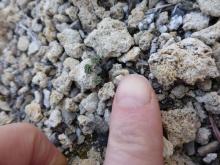
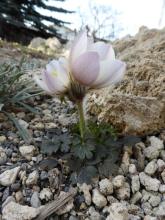
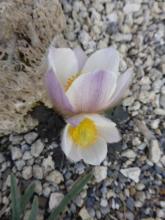
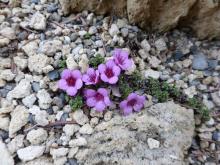
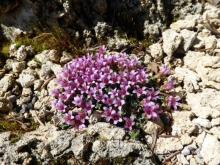
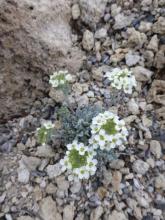
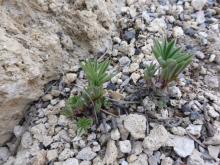
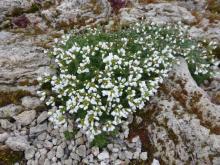
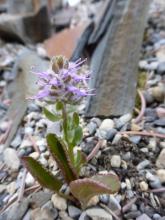
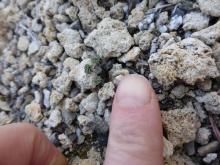
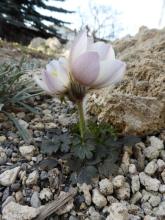
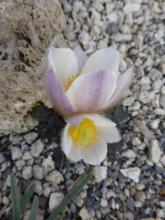
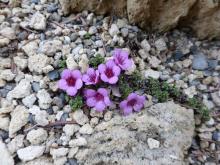
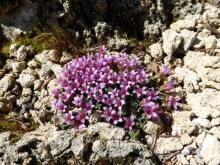
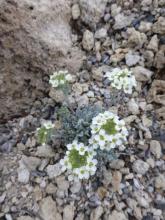
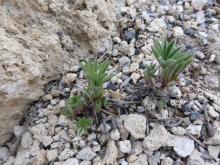
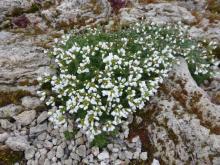
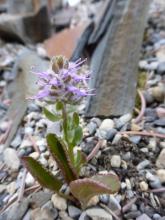
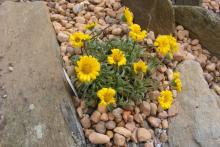
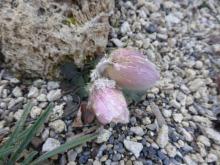
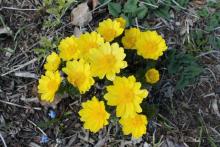
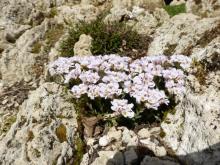
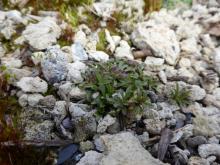
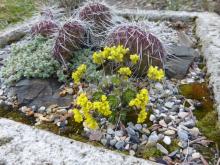
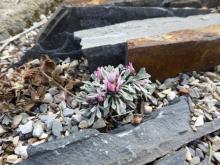
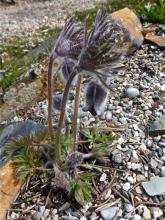
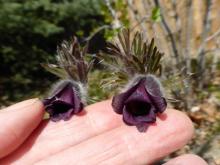
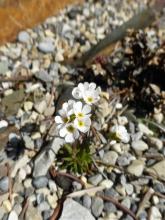
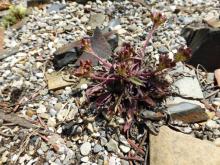
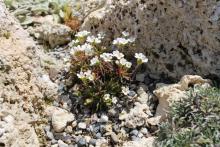

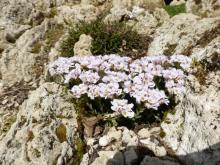
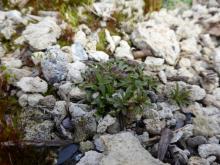
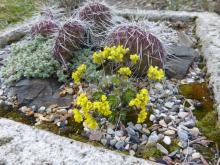
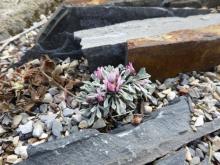
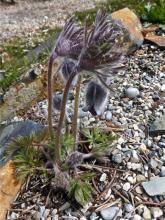
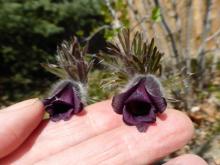
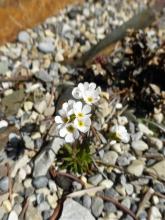
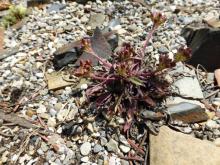

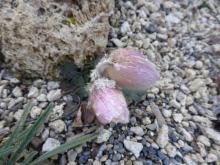
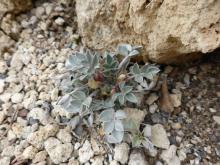
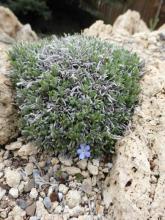
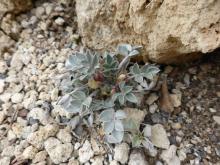
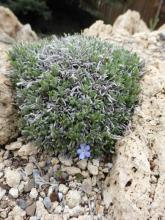
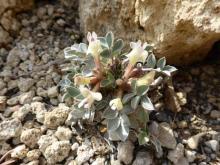
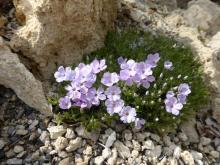
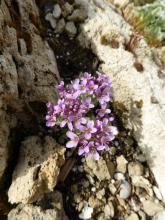
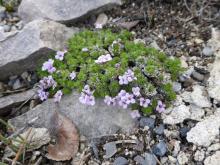
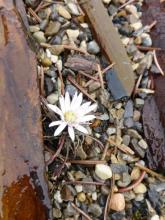
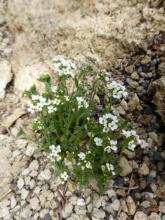
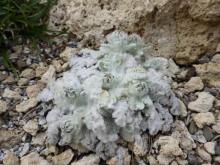
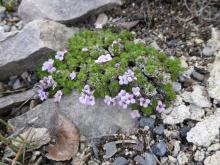
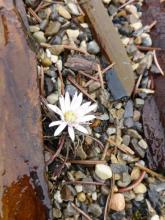
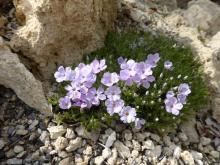
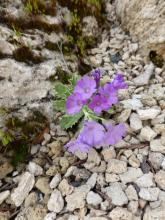
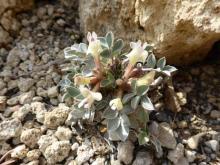
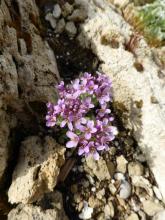
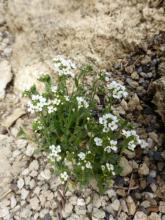
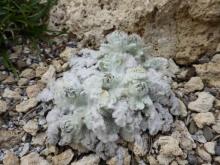
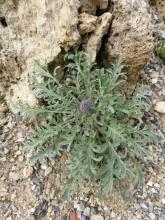
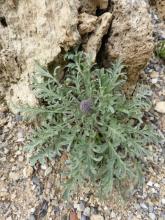
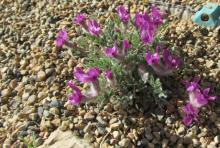
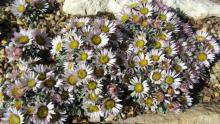
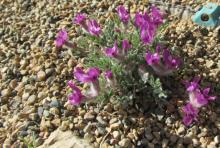
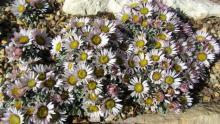
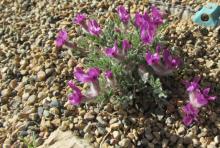
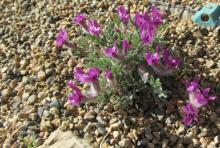
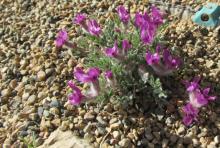
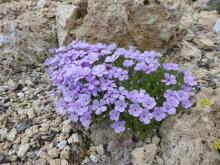
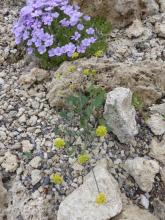
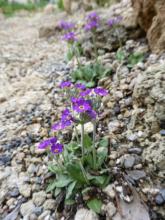
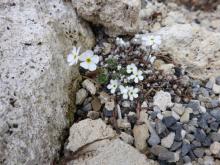
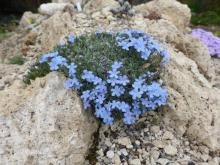

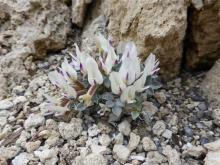
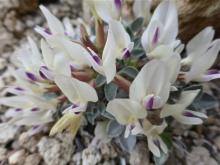
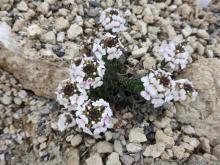
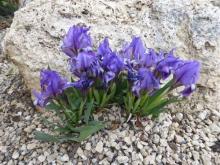
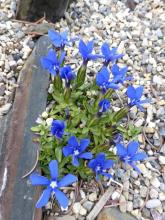
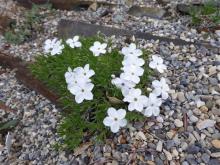
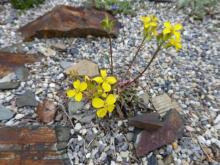
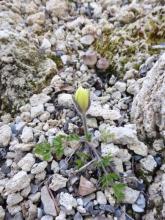
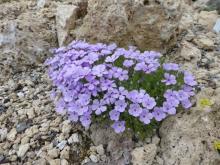
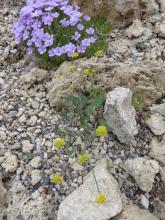
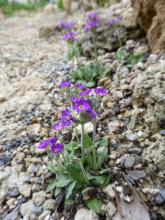
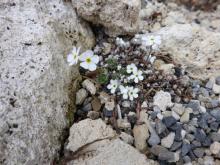
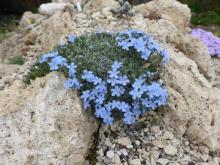
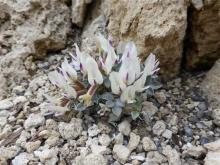
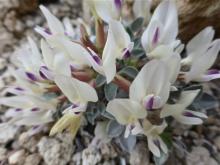
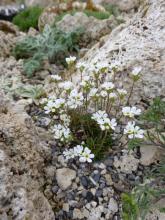
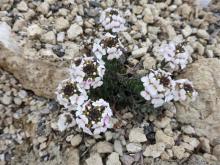
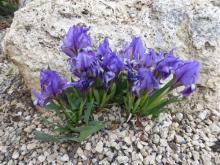
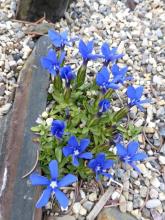
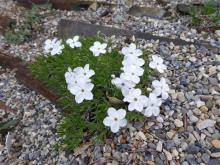
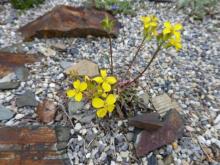
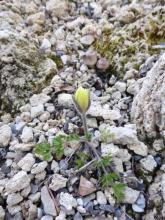

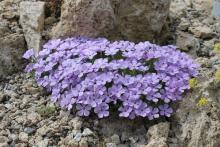
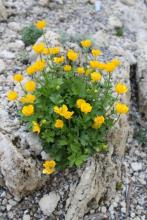
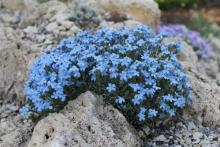
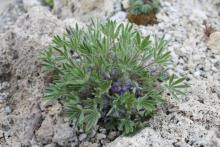
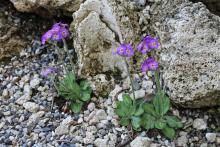
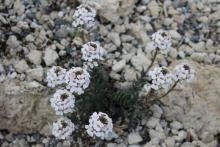
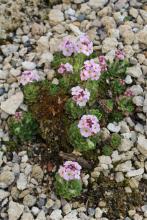
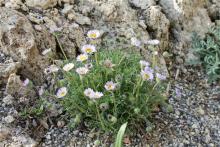
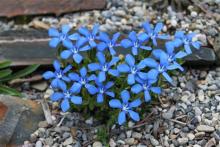









Uncommon that P. vernalis!
I've seen S. oppositifolia with very small and very large flowers in the wild. On Svalbard they were especially large.
The Besseya is nice!